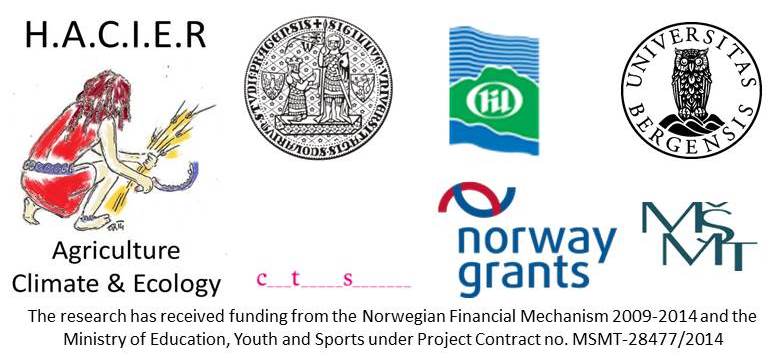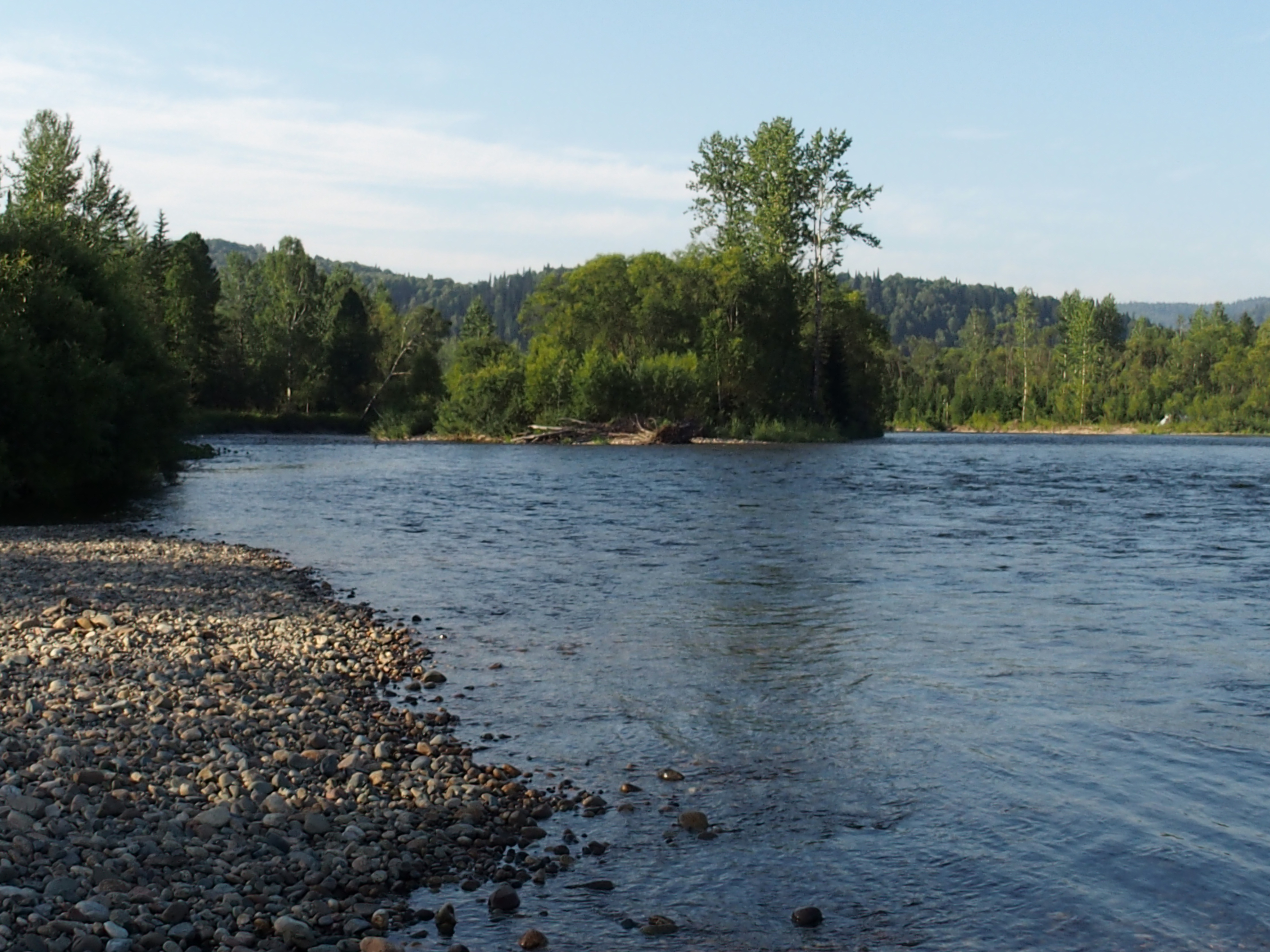HACIER helped to publish a result by our team members J. Horáčková and L. Juřičková, which result is of high importance for the HACIER.
Horáčková, J., Podroužková, Š., and L. Juřičková. 2015. River floodplains as habitat and bio-corridors for distribution of land snails: Their past and Present. Journal of Landscape Ecology. 8: 23-39.
River floodplains of Czech rivers serve as refugia to woodland or hydrophilous gastropods,in current intensively agriculturally utilised, urbanised and largely fragmented landscape. This habitat often form one of the last refuge and replace the natural habitat of these species. River floodplains also represent linear bio-corridors in landscape and allow gastropods to spread through the landscape in both directions, up and down the stream. We showed based on available fossil mollusc successions that development of the floodplain mollusc fauna took place quite different way in various river floodplains, depending on their specifics and geographical location, because especially the ones situated in the chernozem area of the Czech Republic had very different history in comparison with those in higher altitudes. The species richness and composition of recent floodplain malacofauna arises from historical development of particular area/site and depends also on environmental factors such as an elevation, humidity gradient, vegetation type and its biomass, light conditions of the site and soil reaction. Recently, the invasive plants represent a serious problem for current floodplain ecosystems; species richness and abundances of terrestrial mollusc floodplain assemblages are changing due to their effect. The impact on gastropods is species-specific and was described for the following species: Impatiens glandulifera, Fallopia japonica subsp. japonica, F. sachalinensis, F. ×bohemica.


